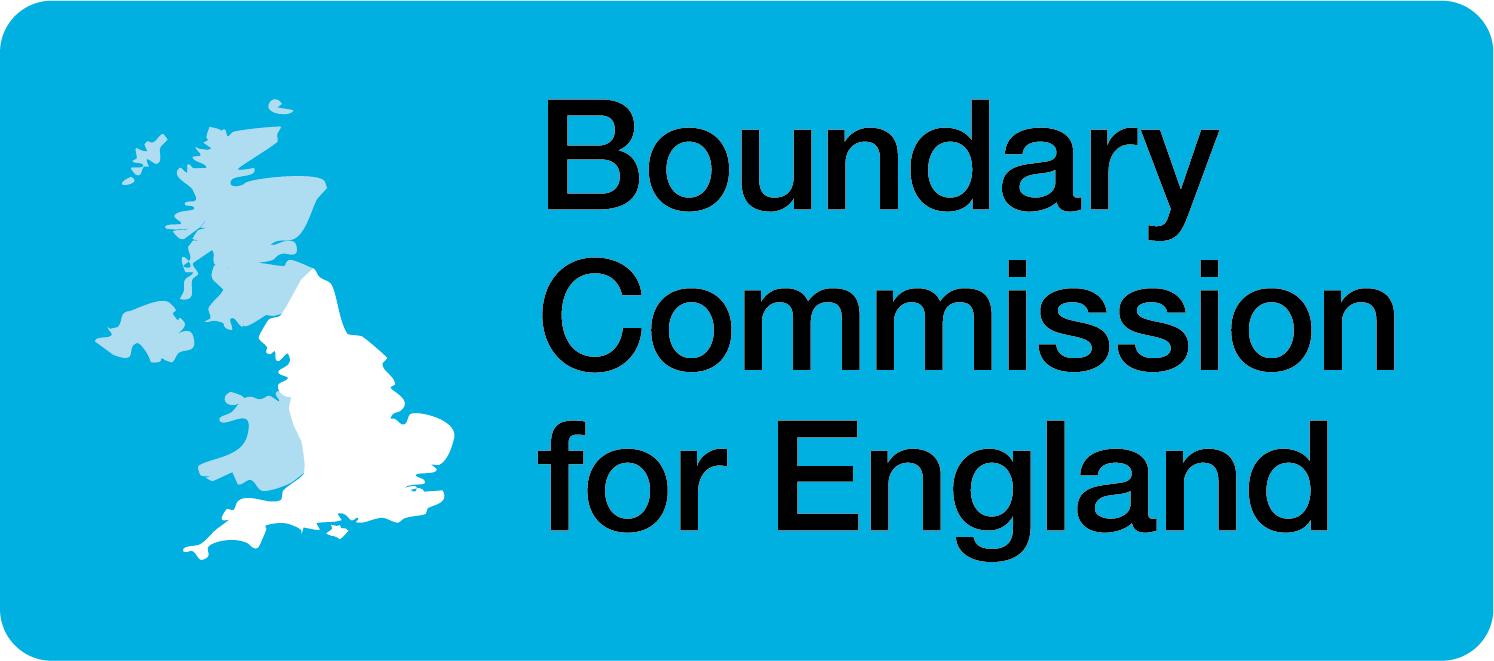4 How to have your say
4.1 We are consulting on our revised proposals for a four-week period, from 8 November to 5 December 2022 inclusive. We encourage everyone to use this last opportunity to help finalise the design of the new constituencies – the more public views we hear and the more local information that is provided, the more informed our decisions will be before making final recommendations to Parliament.
4.2 While people are welcome to write to us on any issue regarding the constituency boundaries we set out in this report and the accompanying maps, our main focus during this final consultation is on those constituencies which we have revised since our initial proposals. While we will consider representations that comment again on the initial proposals that we have not revised, it is likely that particularly compelling further evidence or submissions will be needed to persuade us to depart, at this late stage in the review, from those of our initial proposals, which have withstood intensive scrutiny of objections in the process of consultation and review to which they have already been subject. Representations relating to initial proposals that we have not revised and which simply repeat evidence or arguments that have already been raised in either of the previous two consultation stages are likely to carry little weight with the Commission.
4.3 When making comments on our revised proposals, we ask people to bear in mind the tight constraints placed on the Commission by the rules set by Parliament, discussed in chapter 2 and in our Guide to the 2023 Review. Most importantly:
-
- We cannot recommend constituencies that have electorates that contain more than 77,062 or fewer than 69,724 electors
- We are basing our proposals on local government ward boundaries (existing or – where relevant – prospective) as at 1 December 2020 as the building blocks of constituencies – although where there is strong justification for doing so, we will consider dividing a ward between constituencies (see the Guide to the 2023 Review for more detailed information)
- We have constructed constituencies within regions, so as not to cross regional boundaries – very compelling reasons would need to be given to persuade us that we should depart from this approach.
4.4 These issues mean that we encourage people who are making a comment about their local area to bear in mind there may be consequential effects for neighbouring areas that might result from their suggestions. The Commission must look at the recommendations for new constituencies across the whole region (and, indeed, across England). What may be a better solution for one location may have undesirable consequences for others. We therefore ask everyone wishing to respond to our consultation to be aware that their counter-proposals may have an impact on neighbouring constituencies, and on those further afield across the region.
Back to topHow can you give us your views?
4.5 Views on our revised proposals should be given to the Commission in writing. We encourage everyone who wishes to comment on our proposals in writing to do so through our interactive consultation website at www.bcereviews.org.uk – you will find all the details you need and can comment directly through the website. The website allows you to explore the map of our proposals and obtain further data, including the electorate sizes of every ward. You can also upload text or data files you may have previously prepared setting out your views.
4.6 We encourage everyone, before submitting a representation, to read our approach to protecting and using your personal details (available at www.bcereviews.org.uk). As these consultations are very much concerned with a respondent’s sense of place and community, when publishing responses, we will associate the response with the general locality (e.g. town or village) of the respondent’s address, but we will not publish a respondent’s name or detailed address with their response, unless they specifically ask us to do so.
4.7 It is important to stress that all representations, whether they have been made through our website or sent to us in writing, will be given equal consideration by the Commission.
Back to topWhat do we want views on?
4.8 We would particularly like to ask two things of people responding to our consultation. Firstly, if you support our revised proposals, please tell us so. Past experience suggests that too often people who are happy with our proposals do not respond in support, while those who object to them do respond to make their points. That can give a distorted view of the balance of public support or objection to our proposals. Secondly, if you are considering objecting to our revised proposals, please use the resources (such as maps and electorate figures) available on our website and at the places of deposit to put forward counter-proposals that are in accordance with the rules to which we are working.
4.9 Above all, however, we encourage everyone to have their say on our revised proposals and, in doing so, to become involved in drawing the map of new Parliamentary constituencies. This is the final chance to contribute to the design of the new constituencies, and the more views we get on those constituencies, the more informed our consideration in developing them will be, and the better we will be able to reflect the public’s views in the final recommendations that we present in 2023.
Back to top